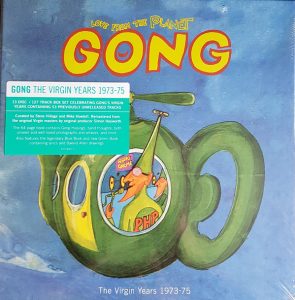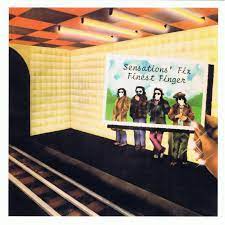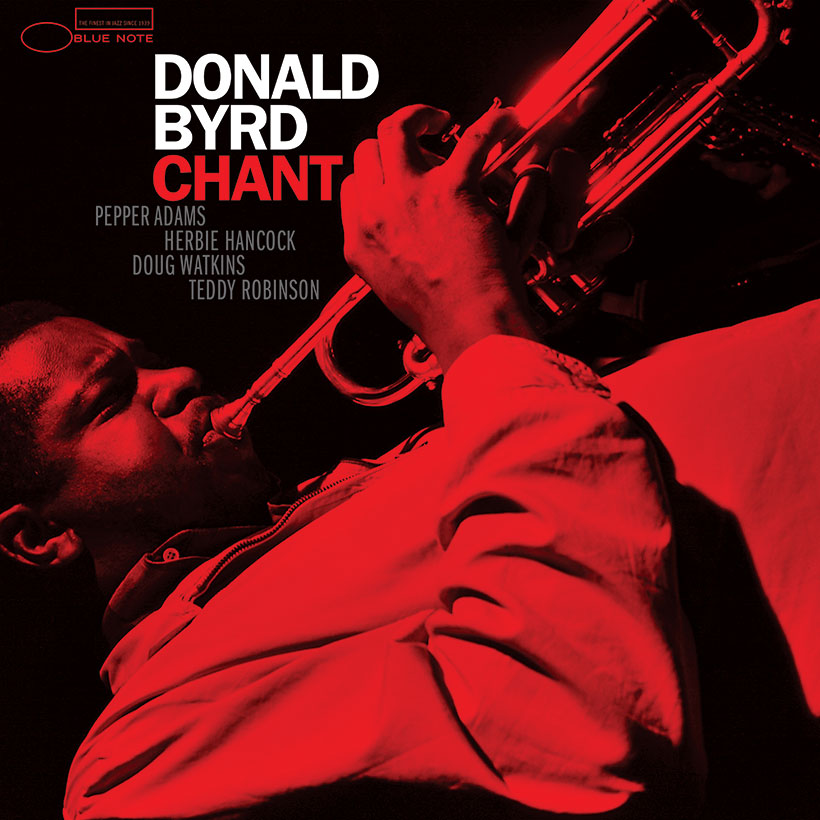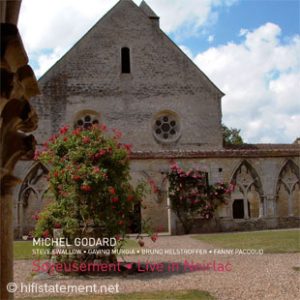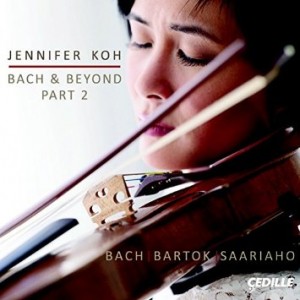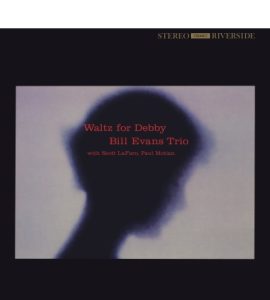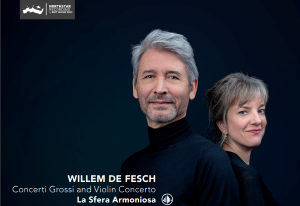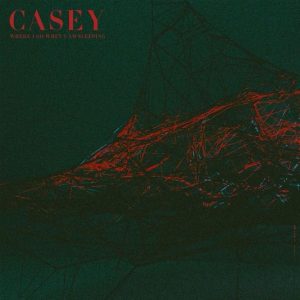GONG, Love From The Planet Gong. 12 CD 1 DVD Audio box set. The Virgin Years 1973-75. UNIVERSAL MUSIC 675 890-1.
At last, after years of waiting for the Radio Gnome Invisible Trilogy (translation: Flying Teapot, Angels Egg, and You albums) to be released in superior sound quality, Universal Music has gone one better and combined those albums with the hard-to-find album 1976 studio album Shamal, as well as 1973 BBC sessions and seven (yes, 7!) discs of live material, lyric book, and accompanied it with a beautiful 64-page book chock-full of amazing photos and various band-member recollections. As if that wasn't enough, the icing on the cake is a DVD-Audio containing the You album remastered in high definition (128kHz; 24-bit) stereo sound as well as several different quadraphonic mixes for you surround-sound junkies!
For those of you unfamiliar with Gong's music, the band can only be described as psychedelic / progressive, with just a hint of jazz. Band founder Daevid Allen took the free jazz-rock foundation of his previous band Soft Machine, and combined it with the psychedelic-guitar-wizardry of Todd Rundgren's Utopia. Toss in frenetic, masterful prog-rock drum fills and meter changes, and you are somewhat in the ballpark. Though Allen's lyrics were very Tolkien in nature, that should not distract the listener as these cats could seriously jam! Thanks to remastering engineer Simon Heyworth's efforts, Gong's music can be enjoyed the way it was meant to be. For the first time there is transparent separation of instruments instead of the sonic mush of previous releases.
In conclusion, I give the box set an A for sound quality, B+ for content, as I wish they could have included Flying Teapot, Angels Egg, and Shamal as High Resolution stereo as well, but these are slight quibbles considering the amazing amount of music on this set.*
*NB: Universal Music Reps, if you are reading this, please release the other three albums mentioned above as High Resolution files or DVD-Audio. There is definitely a market for it, as evidenced by the success of the Jethro Tull, King Crimson, ELP, and Yes High-Resolution catalog releases. Positive Feedback readers please lobby Universal to release the other Gong albums in High Resolution. While you're at it also lobby them to remaster the Traffic catalog in High Resolution, they badly need to be heard in that realm!
As the remastered sound on the box set is superlative, I thought PF readers would appreciate learning more about the sonic history of these albums. For that I emailed the original and box set remastering engineer Simon Heyworth across the pond some questions, and he was kind enough to respond. Special thanks to Jen Ballantyne and Sorrell Forbes setting up the interview!
An Interview with Simon Heyworth
Simon, thanks so much for taking the time to answer some technical questions re: the Gong box set. Always loved the care you take in your remastering, for example the Gentle Giant Edge of Twilight compilation, but special praise is due to you for this box set, as fans have been clamoring for better-sounding Gong releases for a while now.
Was every Gong original master tape found and utilized for this set?
Absolutely. Steve (Hillage, Gong guitarist) has been meticulous in cataloging everything, and the transfers were done at 192kHz.
Were the original master tapes all in one location, or did you have to scour the globe to find them?
No, the main albums were all together and alternative takes etc. The live material was mixed by Mike Howlett at his studio.
Once all the tapes were assembled, what kind of condition were they in? Did any of the tapes need to be baked?
Yes, all needed some TLC in stabilizing the oxide shedding syndrome by baking them all. The tape transfers were done at 192kHz 32-bit.
What kind of tweaking was used here? Did you use any compression or brick-walling?
It's very dynamic music, so it's basically all been through an analogue signal path with some limiting, but not really any compression to talk about. Most of the time I might pass the sound through a compressor, but have it not doing anything, just because I like what it brings to the party, so to speak. Some times I would try to give it all a bit more punch using various tricks! There's a lot of magic in some of these recordings, and if you limit it too much you squeeze the life out of it, and it becomes too dense. So it's just not what is on the mixes anymore. You must be quite careful. We used to try as best as possible to get the mix balances perfect, and you want to be able to hear that.
The Hi-Resolution 24-bit 96kHz version of YOU sounds amazing! Were Angels Egg, Flying Teapot, and Shamal also mixed to high resolution? Why were they not included, and is there a chance they will be released in Hi-Res in the future?
All the transfers were at High-Res. I ended up at 96kHz 24-bit as Mastered Audio, and then 16-bit 44.1kHz for CD and download-digital.
The You stereo 96kHz 24-bit is on the DVD, with the 5.1 mix or rather the QUAD mix I did at Westlake in LA 1974. And yes, it is really good. You will have to ask Universal about the others being made available—they ought to somehow make them available. It sounds way better at 96kHz 24-bit. I just don't know why we bother with CD when we have DVD, and lots of people have DVD players (still), If I had had my way, they would all have been there too, at 96kHz 24-bit. The only reason for You being that way is because it is on a DVD with the QUAD mix. You have more space for DATA on a 4.7gb capacity disc. Anyway, these days there are Hi-Res download sites that should be utilized. Start a campaign to get the Hi-Res files available!
Gong was noted as being a pretty drug-oriented band, but their music was extremely complex, the very definition of "Progressive." When you were in the studio recording them were, they usually out of their heads, or was that overblown?
Well, not all the time out of their heads, but certainly a lot of it! I was the only straight one around! I knew that as a band they were tight as anything, and exceptional as a rhythm section of bass, drums, and guitar. But hearing these tapes now I find the fast tempos astonishing.
How involved were band members in the mixing process? Did they attend the mixing sessions, or just leave you alone to attack it on your own?
I would attack the basics on my own, and then everybody would pile in. It became a bit fraught at times, and the atmosphere was sometimes a bit tense, between the various factions. There were a lot of opinions, but on the whole it was all quite OK in the end, if not a little tiring!
What kind of tape was used for the recordings?
Ampex 456 mainly, except the first album FTP, which was probably the Ampex 631. Anyway, it was the one in a red and black box, a polyester backed tape. That didn't suffer from sticky-shed syndrome like the 456 and 406
What kind of recording equipment, microphones, mixing desk, etc were used?
The 16-track Ampex MM-1000, Ampex 300 series 1/4 inch mix down. Mics were all Neumanns of various types. Lovely mics. The console on the first album was made by a company in Birmingham, I don't remember the name—maybe Audio Design. Angels Egg was the Helios in the Manor Mobile truck
Did you have standard way of recording drums, guitars, or did it differ from song to song?
Not really a standard way on drums. But not too closely miked-up. I liked to aim for a more live open sound. Overheads, and then mics to fill in and add punch.
Any funny or unique recording stories you recall? Do you recall recording outside or inside hallways for example?
Well, I was always putting things in different rooms in France, just to get separation. But recording Didier outside in the forest was particularly eccentric! He used to practice in the woods, you see, and I heard this and thought wow, stay there and let's see if we can get that on tape. We needed a lot of cable and ran out in the end. The sound of the soprano sax reverberating off the leaves of trees was a wonderful phenomenon worth trying to capture with mics up in the trees at various intervals.
Was Richard Branson around for any of the recordings / playbacks? What were his initial thoughts?
No Richard wasn't around. He was far too busy doing other stuff. Simon Draper was the supportive one, but I guess the band saw more of the Vernon's Yard Offices than I did.
How did you first hear of the band, and what were your initial impressions?
I heard of the band via the Camembert Electrique album, and then Giorgio Gomelski brought them to the Manor Studios and I ended up being the engineer to start with, and then kind fell into the role. I enjoyed the complexity of constructing these types of recordings. But mainly I just loved getting the right vibe in the studio and capturing that performance.
What was your recording resume leading up to Gong?
I hadn't done anything really, apart from Tubular Bells (Mike Oldfield's smash hit album), and of course be the assistant engineer on the myriad of artist's albums who came through the Manor. It was all my apprenticeship, or baptism of fire if you like.
Did the band record live in the studio, or were many overdubs done?
Yes, the band recorded mainly live and then we would do overdubs. Daevid would do a mainly guide vocal, and Tim would do all his keyboard stuff too. Then we would replace bits of many parts. Maybe not drums, but sometimes we might tidy them up. In those days you had to play along and then I would drop in on the fly, and Pierre might do the odd repair, but you are talking Strasbourg Conservatoire here. He was awesome as a percussionist. The whole family were!
Listening Equipment
- Audio Research VT 100 Mark 2 amplifier
- Audio Research SP 12 preamp
- Dunlavy SC 3 speakers
- Oppo 105 D Disc player
- Supra Quadrax Speaker wire




